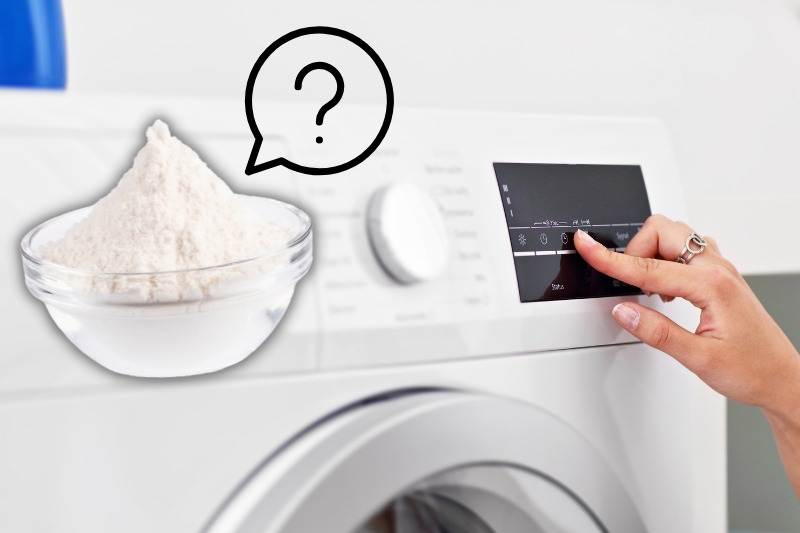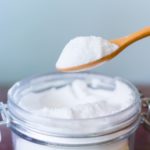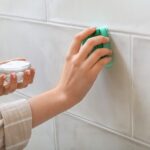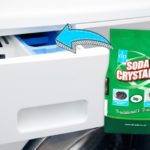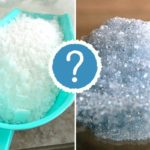Whether you’ve been researching penny-saving laundry hacks or natural cleaning alternatives, you’ve likely stumbled across bicarbonate of soda at least once.
In fact, this popular baking agent doubles as an effective cleaner in an array of different scenarios. But can you put bicarbonate of soda in the washing machine? Well, the answer is yes you can!
In this post, we’ll take a look at bicarbonate of soda’s two main uses when it comes to doing laundry. We’ll also cover some helpful tips that you should bear in mind when trying it out for the first time, and address a handful of commonly asked questions. Read on to learn more.
How Do You Use Bicarbonate of Soda in a Washing Machine?
Using bicarbonate of soda to clean your machine

Keeping your washing machine clean is the key to spotless, great smelling clothes. But traditional cleaning products can result in irritated skin if not fully rinsed away, while others aren’t safe to put in your machine. Luckily, bicarbonate of soda provides a simple solution.
Bicarb’s effectiveness comes from its mild abrasive qualities which enable it to break down leftover soap residue and mould without the need for chemicals. Cleaning your machine with bicarbonate of soda 4-8 times per year (depending on how often it’s used) will help keep it in tip-top condition.
Any brand will work, but Dri Pak’s Clean and Natural Bicarbonate of Soda and US-based Arm and Hammer’s Baking Soda are the most popular choices. You’ll also need some white vinegar. We’ve written a guide on where to buy white vinegar for cleaning in case you don’t already have any.
Method
- Start by cleaning the inner seal with a damp cloth and a sprinkle of bicarb. You’ll want to wet the dirty surface and let it sit for a short while before scrubbing it clean.
- Next, remove the detergent drawer and follow the same step again but with a brush or scourer sponge to remove any built-up limescale. Rinse thoroughly and replace it.
- Then, pour one cup of bicarb directly into the empty drum and run a long, hot cycle. The slightly abrasive bicarb and agitation of the water will loosen scaley deposits.
- Once the cycle has finished, wipe down the drum with a clean damp cloth to remove as much residue as you can.
- Next, add two cups of white vinegar to the fabric conditioner drawer and run a rinse cycle. This will act as a clarifier to break down any stubborn residue that remains.
- Finish off by running another hot cycle with plain water to fully rinse the machine and prevent the vinegar smell lingering.
Extra tips
- Avoid putting dry bicarbonate of soda in your detergent drawer as it can lead to clogs – always place it directly into the drum.
- Don’t mix bicarb and vinegar together in the wash, as they effectively cancel out each other’s effectiveness in the water by neutralising the opposite’s pH levels. Instead, add vinegar at the rinsing stage only.
Using bicarbonate of soda to clean your clothes
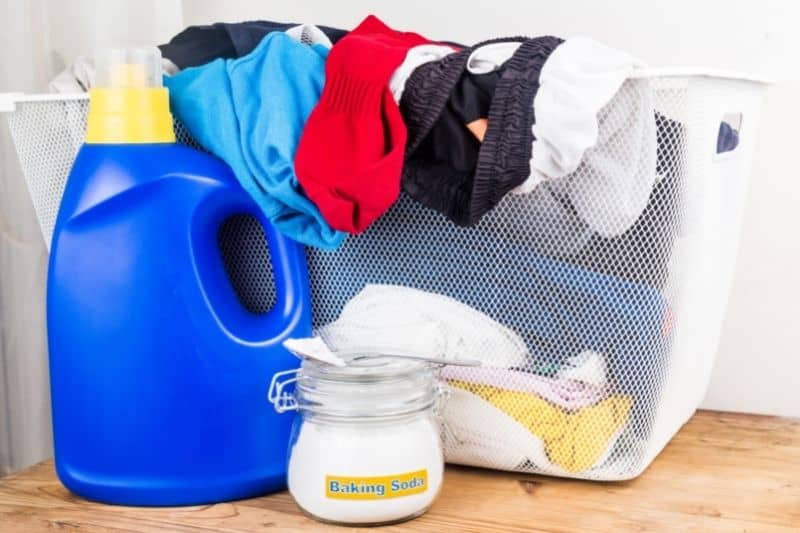
Whether used to boost your detergent’s power or to replace your usual washing powder entirely, bicarbonate soda is a great option for laundering clothes thanks to its antibacterial properties.
It can also be used to treat stains, including acidic spills like drain cleaner and pet urine, and as a DIY fabric softener. Here’s how…
For stains
There are two ways you can go about this. Either dampen the fabric you want to treat and sprinkle on some bicarb. Or make a bicarbonate of soda paste with a teaspoon of bicarb and a little water and work it into the stain.
Let the mixture sit for an hour then wash on a normal cycle. For tough stains, soak the item in a mix of bicarb and water overnight then wash.
To boost/ replace detergent
To give your dirty laundry a good clean and brighten your whites, add half a cup of bicarb to the drum with your next load alongside your usual detergent. This will help to balance the pH level of the water so that the detergent can work more efficiently.
Alternatively, for an entirely natural approach, use a full cup of bicarbonate of soda per load and forego the detergent altogether.
In this case, we’d then recommend using white vinegar as a fabric conditioner during the rinse cycle to make sure no residue remains. You can also include a few drops of essential oil in your laundry during the rinse if you like.
As a fabric softener
Bicarb can also be used in your washing machine as a fabric softener that’s kinder to skin and the environment than standard conditioners. In top loaders, you can simply sprinkle some in during the rinse cycle when the drum is full of water.
Or you can create a liquid softener suitable for front loaders by mixing 1 cup of water to ½ a cup of bicarbonate of soda and ½ cup of vinegar. Add this mix to your softener drawer with some essential oil to give clothes a fresh scent.
FAQs
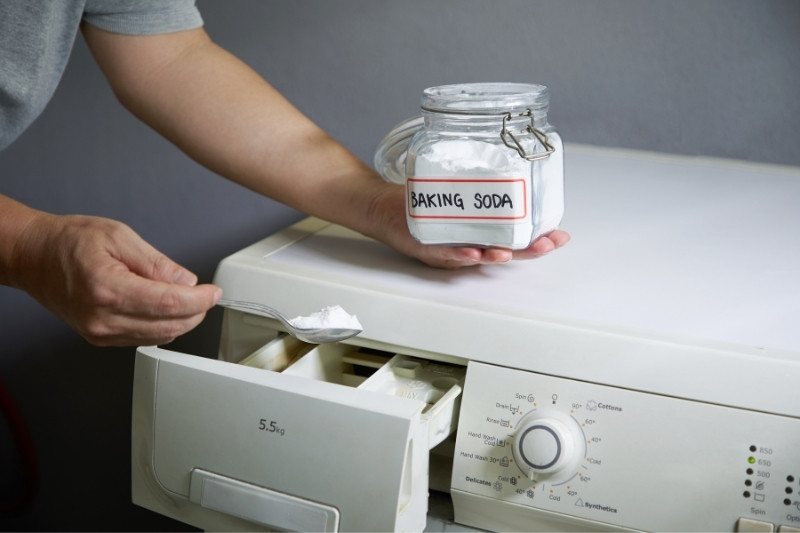
Will bicarbonate of soda damage my washing machine?
As long as you add bicarbonate of soda straight into the drum and run a rinse cycle afterwards, it won’t damage your washer. However, adding a lot of dry bicarb to your detergent drawer could lead to clogs in the system over time if not cleaned out regularly.
Where do you put bicarbonate of soda in a front load washer?
Just like with a top loading washer, you want to add the bicarb directly into the drum. With a top loader, you can open the lid and sprinkle some in once the water has filled the drum. With front loaders, it’s best to put the bicarb in first, then the clothes and then run the cycle.
How much bicarbonate of soda do I put in my laundry to get rid of the smell?
When using bicarbonate of soda alongside normal detergent or washing a half load, add ½ a cup of bicarb to the drum. If replacing your detergent completely or washing a large load, use a full cup and add some white vinegar to the softener drawer for a thorough clean.
For more clothes washing tips and tricks, take a look at the laundry section of our blog.

A proud Yorkshire lass with a love for movies, music and cosy nights in! Once a self-confessed avoider of cleaning, she’s always on the lookout for new ways to make household chores as quick and simple as possible.
